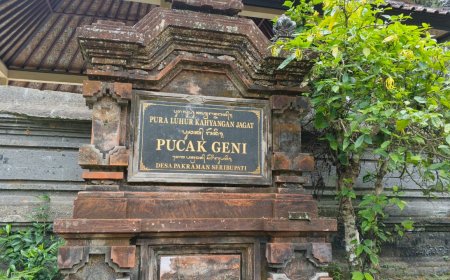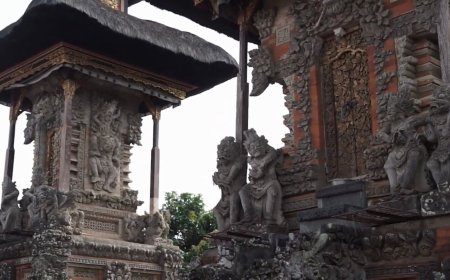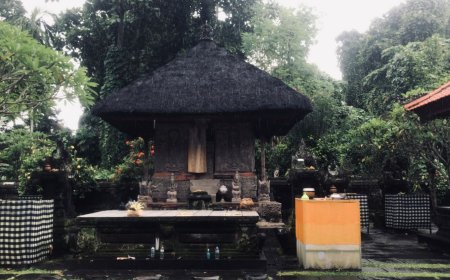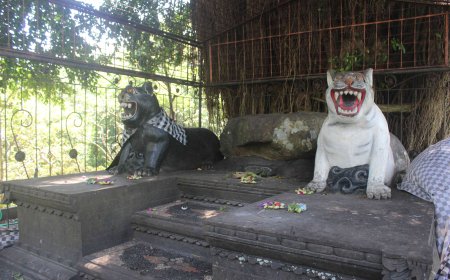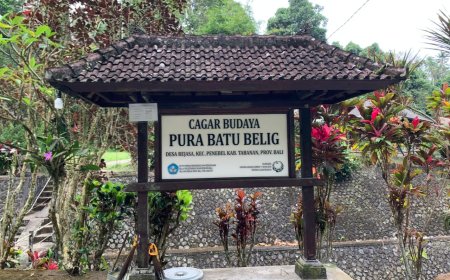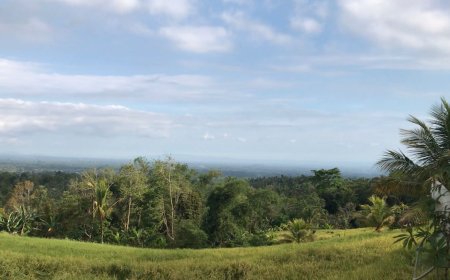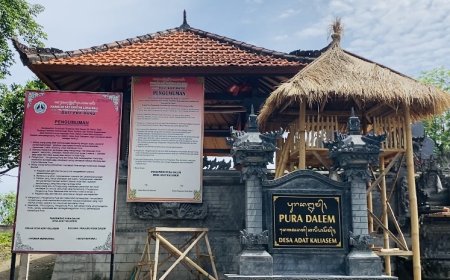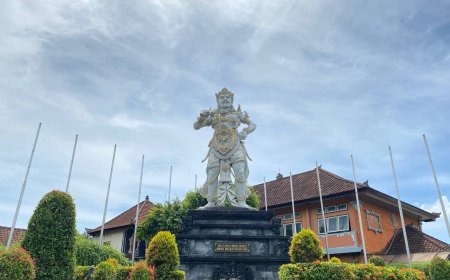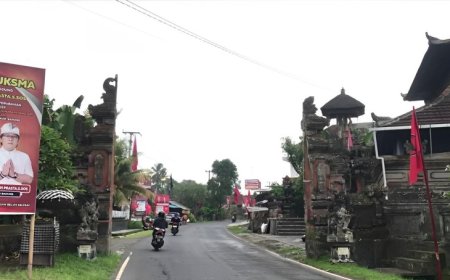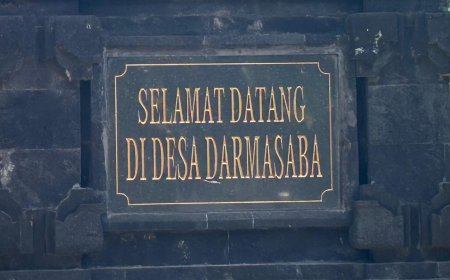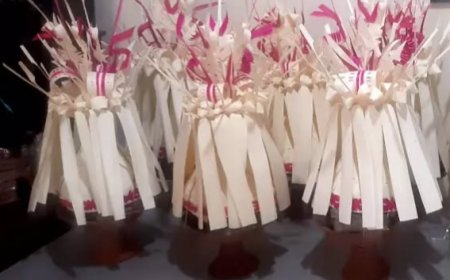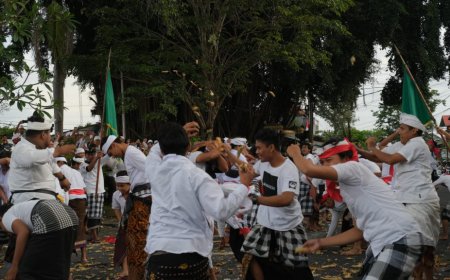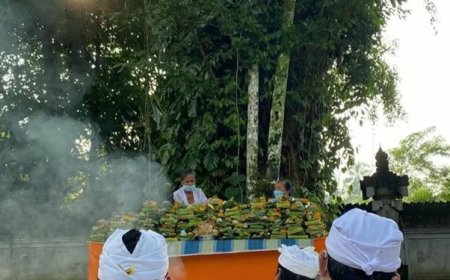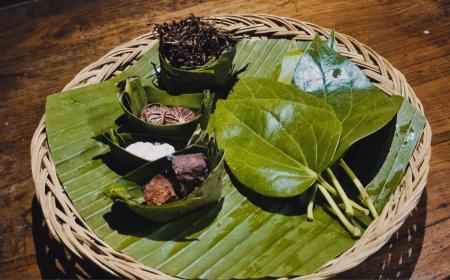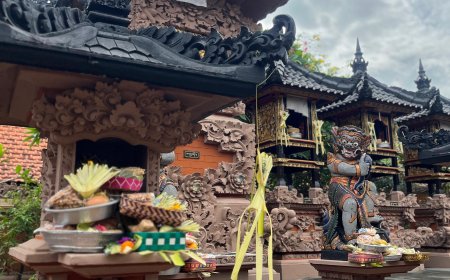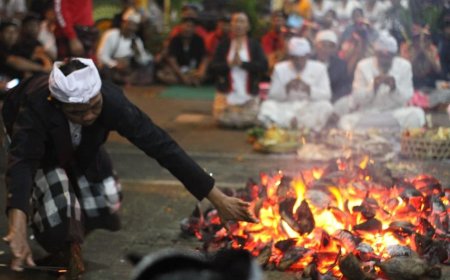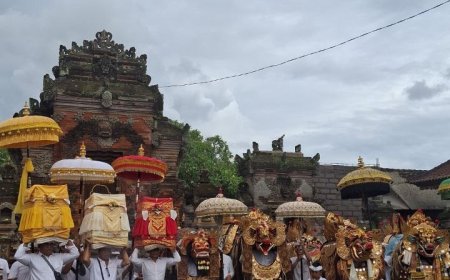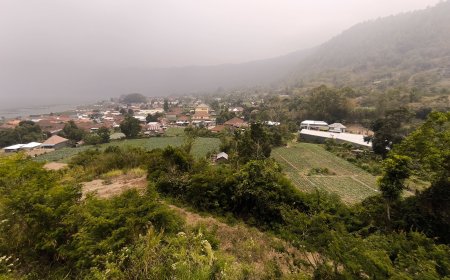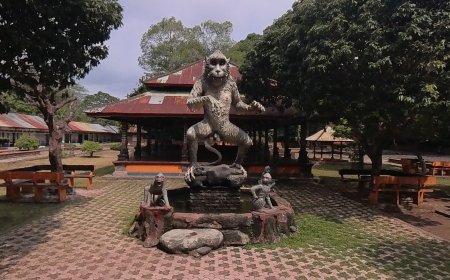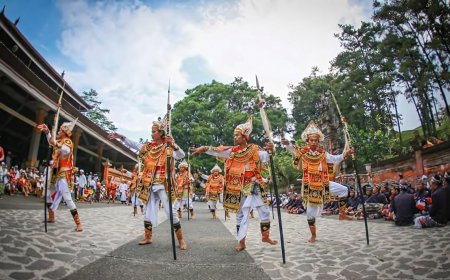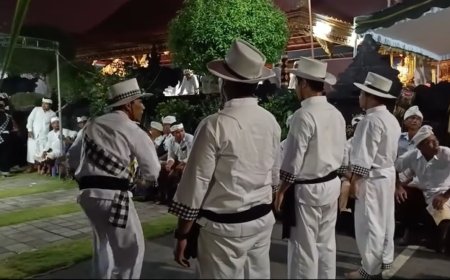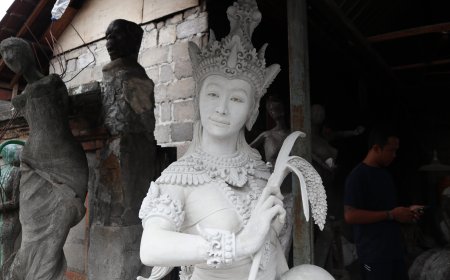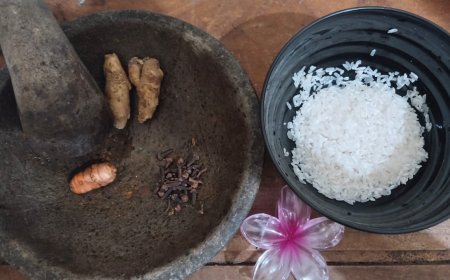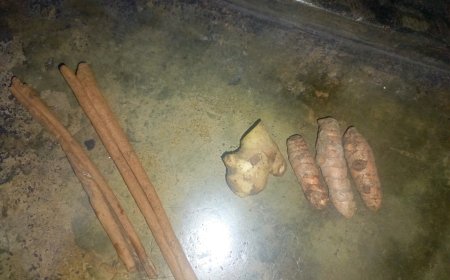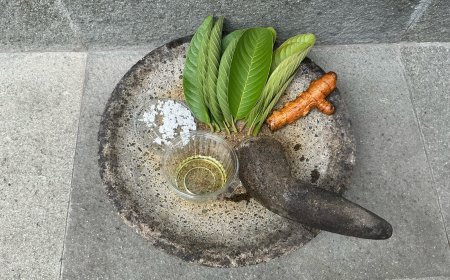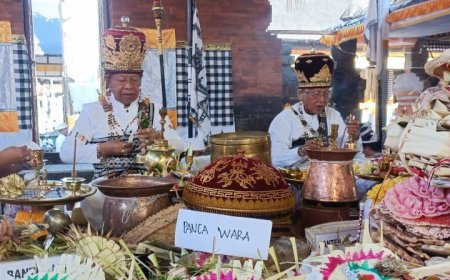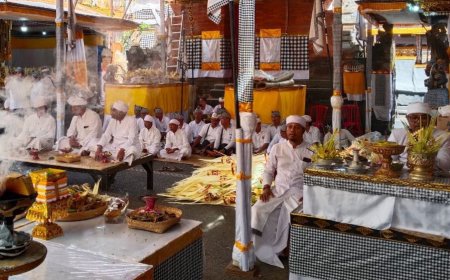Celebrating Saraswati Day at Griya Anyar Tanah Kilap Temple
Saraswati Day is celebrated by Hindus to honor the goddess Saraswati as the goddess of knowledge, marked by prayers and Saraswati offerings. This activity is carried out in various places in Bali, one of which is at Pura Griya Anyar Tanah Kilap. This activity is carried out peacefully with a large number of devotees performing prayers solemnly.
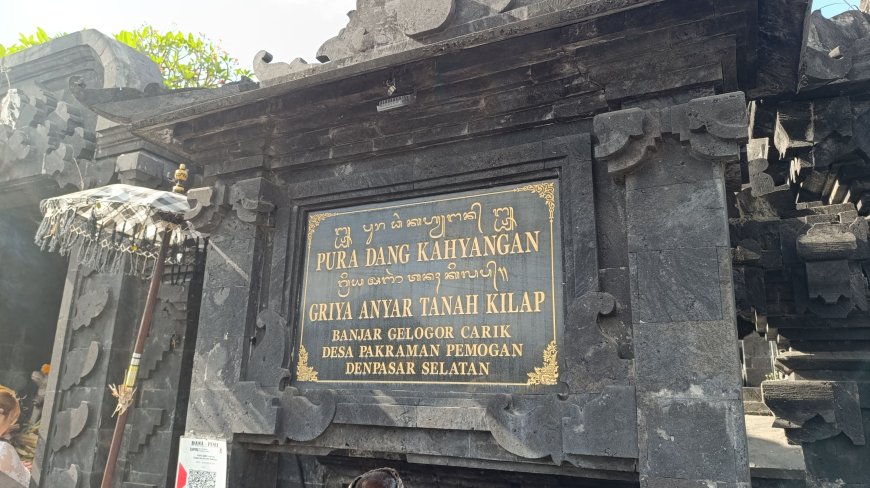
Saraswati Day is a sacred commemoration to honor Dewi Saraswati, the manifestation of Ida Sang Hyang Widhi as the goddess of knowledge. This celebration falls on Saturday, precisely on wuku Watugunung, which is the last of the thirty wuku in the Balinese calendar. On this day, Hindus perform prayers to ask for the blessing of knowledge from Ida Sang Hyang Widhi. The series of Saraswati Day celebrations can also be seen in various schools and universities in Bali, where students and academics perform communal prayers as an expression of gratitude as well as hope that the knowledge they acquire can be useful and wisely understood.
Pura Griya Ayar Tanah Kilap (Photo Source: Personal Collection)
In the commemoration of Saraswati Day, Hindus offer a special offering called banten Saraswati. This offering usually contains traditional delicacies, one of which is Saraswati cake, with the main focus on the sacred script Ongkara (Om). The pranava mantra contained in Om symbolizes the universe the earth, the moon, the sun, and the stars and also serves as the core of various Hindu religious ceremonies, ranging from arcana and mudra, to mantra, kuta-mantra, and pranawa-mantra. This supreme sacred mantra is regarded as the essence of all rituals. The Om script is believed to awaken human awareness of the essence of the universe, self-awareness, and human values, which include joy and sorrow, suffering and happiness, as well as the diverse experiences of life.
In addition, the sacred symbols carried by the goddess Saraswati are symbolic and have important meanings. The vina, or musical instrument, symbolizes the harmony of art and culture as the path to truth. The lotus bud symbolizes purity and spiritual awakening even when living in the midst of the world. The genitri, or prayer beads, represent constant prayer to always remember God. Cakepan or holy book symbolizes eternal and sacred knowledge. In addition, the swan is a symbol of wisdom to distinguish between good and evil, while the peacock symbolizes beauty and the majesty of knowledge. These symbols remind people that knowledge is not only for worldly intelligence, but must also be sanctified and used for the common good.
Beji Pura Griya Ayar Tanah Kilap (Photo Source: Personal Collection)
On this Saraswati Day, which falls on September 6, 2025, the celebration took place at Pura Griya Anyar Tanah Kilap, located in Pemogan, South Denpasar. This temple, known for its beautiful panorama by the riverside, was attended by several devotees (pemedek) who came to perform prayers on this sacred day. There are several stages in carrying out the prayer rituals at Pura Griya Anyar Tanah Kilap, and devotees do not need to feel confused as there are boards explaining the sequence of the rituals in the temple. The procession begins with prayers at Beji and Segara, continues with prayers at the shrine of Ratu Gede Dalem Ped, and concludes with prayers at Ajeng Ratu Niang Sakti.
Ajeng Ratu Niang Sakti (Photo Source: Personal Collection)
Pura Tanah Kilap is believed by the community to be a place to pray for healing and prosperity, while also holding various fascinating stories. According to the account of one of the temple caretakers, Anak Agung Aji Alit Mangku, the name “Tanah Kilap” originated from a flash of light that appeared when Danghyang Nirartha attained moksha at Pura Uluwatu. The temple began to be developed around 1962. During its construction, several obstacles arose until, at one point, the father of Anak Agung Aji Alit Mangku encountered the apparition of an old woman. Since then, the construction of the temple continued, and the initial shrine, Padmasari, was complemented with various other shrines such as Ratu Niang Sakti, Danghyang Nirartha, Ratu Gede Dalem Ped, Segara, Melanting, and others. In addition, there is also a story stating that this temple is believed to be the abode of Bhatari Nirswabawa (Ratu Niang Sakti), the daughter of Danghyang Nirartha. The flash of light that appeared at the moment of moksha is believed to mark the beginning of the temple’s growth, which has since developed into a center of worship for prosperity and healing.
